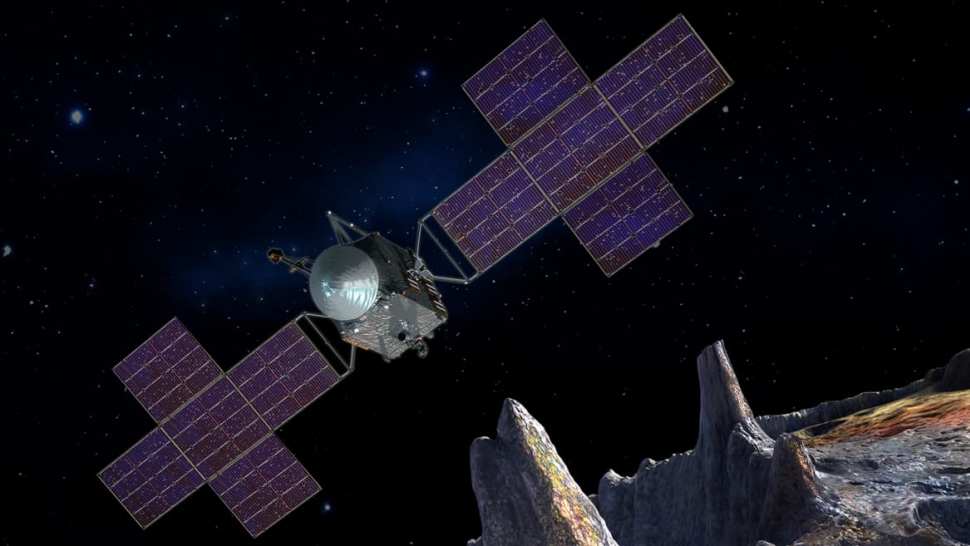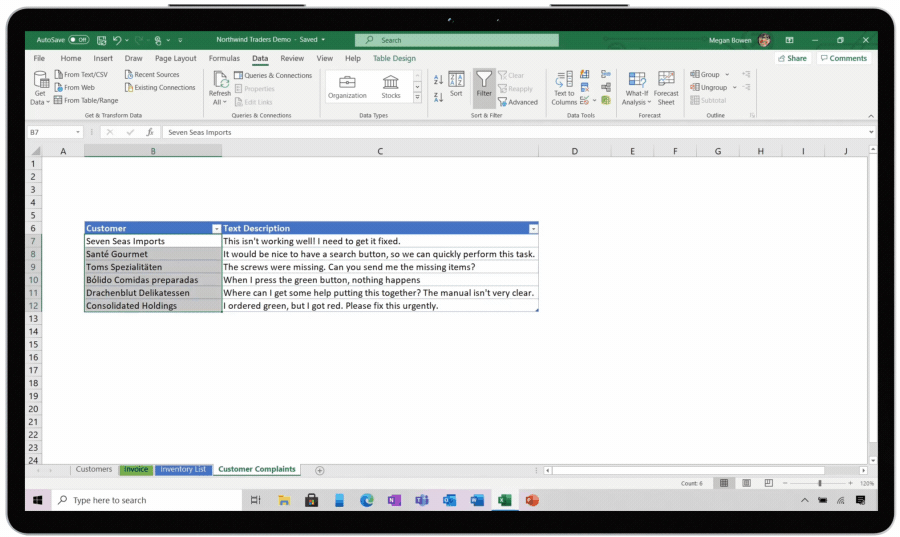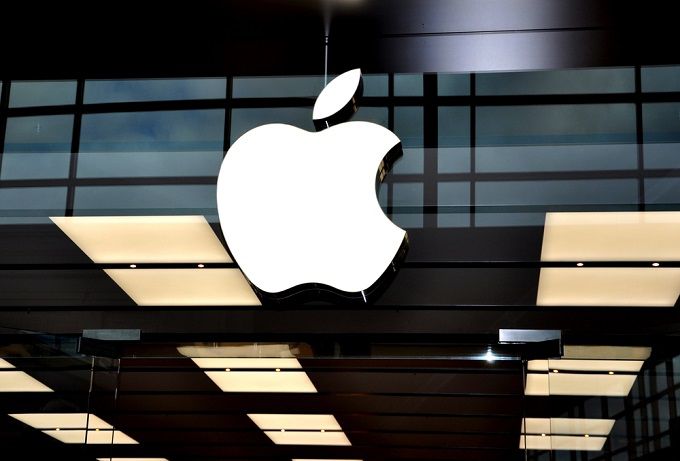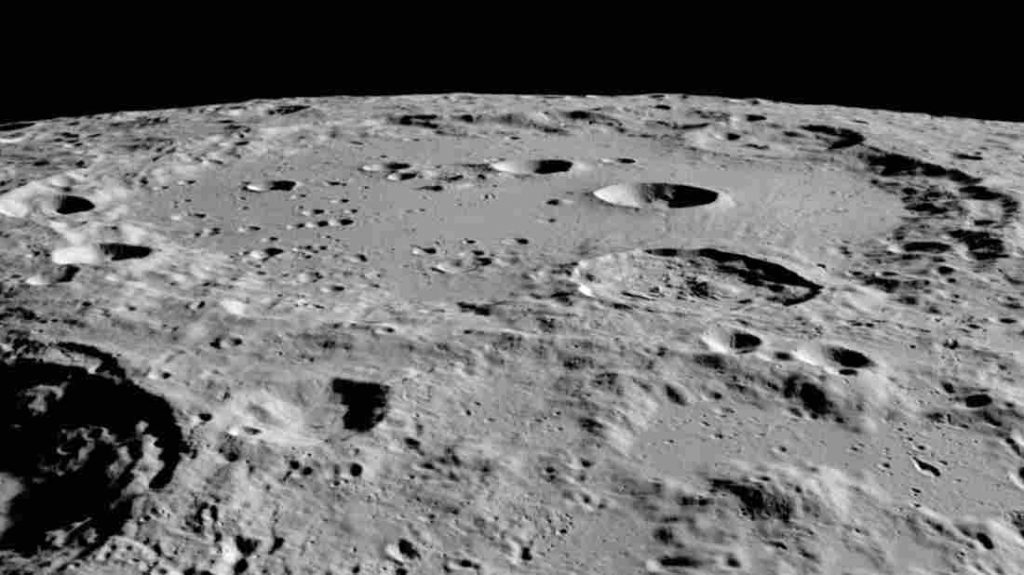Hi Guys! It’s the end of the final week in October. There were several interesting happening during the week across the global tech space. From the groundbreaking discovery of water on the moon to the release of third-quarter report among others.
Here is a quick roundup of some of the major stories around the globe you might have missed.
NASA Discovers a Rare Metal Asteroid Worth $10,000 Quadrillion
NASA has discovered a rare, heavy and immensely valuable asteroid called “16 Psyche” in the Solar System’s main asteroid belt between Mars and Jupiter.
Unlike most asteroids that are either rocky or icy, Psyche is made almost entirely of metals, just like the core of Earth. Using ultraviolet spectrum data collected by the Space Telescope Imaging Spectrograph on the Hubble Space Telescope, researchers deduced that Psyche’s surface could be mostly pure iron.


The asteroid is located at roughly 230 million miles (370 million kilometres) from Earth and measures 140 miles (226 kilometres) across.
Given the asteroid’s size, its metal content could be worth $10,000 quadrillion ($10,000,000,000,000,000,000), or about 10,000 times the global economy as of 2019.
Suggested read: Global Smartphone Sales Enjoy 23% Growth in Q3 2020 as Xiaomi Displaces Apple in the Top 3
Facebook Enter into Cloud Gaming
Facebook has joined other tech giants Google and Amazon in the world of cloud gaming. The company is now offering cloud gaming service to its users.
According to Facebook’s vice president of play, Jason Rubin, the reason Facebook is exploring the cloud is that it opens up the types of games it can offer.


However, unlike Google which offers standalone cloud gaming services for a fee, Facebook is introducing cloud games to its existing app. Rubin explained that the company is introducing free-to-play games, starting with games that are latency-tolerant.
The service will start rolling out in the US and would be available both via the web and the Facebook app on Android but not on iOS.
Excel now lets you create data types
Excel will now let you bring in your own data types making it more flexible for educational and enterprise use. Before now, limited to only the pre-built data types on the platform.
With the new feature, you can have a “customer” data type, for example, that can bring in rich customer data from a third-party service into Excel.


Brian Jones, Microsoft’s head of product for Excel explained that “Up to this point, the Excel grid has been flat… it’s two dimensional, you can layout numbers, text, and formulas across the flexible grid, and people have built amazing things with those capabilities. Not all data is flat though and forcing data into that 2D structure has its limits.”
He added that with Data Types we’ve added a 3rd dimension to what you can build with Excel as any cell can now contain a rich set of structured data in just a single cell.
Suggested read: 5 Digital Strategies Nigerians Have Employed in Sustaining the EndSARS Protest
Apple want to build its own search engine
Apple has shown a growing interest in search technology and might even be working on a product to compete with Google, according to The Financial Times.
Although there has been no official claim, there are visible changes in its latest iOS system showing some investment in search technology.
In iOS 14, Apple is now showing its own results when you type queries in the home screen.


The investment in search, however, doesn’t necessarily mean Apple and Google will soon part ways. It could just be a sign that Apple’s Siri voice assistant is getting more search inclined upgrade.
NASA Finds Water Molecules On the Moon
NASA has confirmed the presence of water on the moon’s sunlit surface. The lead scientist in the discovery, Casey Honniball explained what has been discovered was not puddles of water but instead water molecules that are so spread apart that they do not form ice or liquid water.
The discovery was made using the space agency’s Stratospheric Observatory for Infrared Astronomy (SOFIA). NASA Administrator, Jim Bridenstine explained that they do not know if it can be used as a source but added that learning more about the water is crucial to their plans to explore the moon.
SOFIA is a modified Boeing 747 that can take its large telescope high into Earth’s atmosphere, at altitudes of up to 45,000 feet. The heights allow researchers to peer at objects in space with hardly any visual disruptions from water vapour.


The water molecules are in Clavius crater, a large crater in the moon’s southern hemisphere. Data from this location reveal water in concentrations of 100 to 412 parts per million — roughly equivalent to a 12-ounce bottle of water — trapped in a cubic meter of soil spread across the lunar surface, according to NASA discovery.
The breakthrough suggests the chemical compound that is vital to life on Earth could be distributed across more parts of the lunar surface than the ice that has previously been found in dark and cold areas.
You can check out other news that happened during the week here. Have a nice weekend!!






